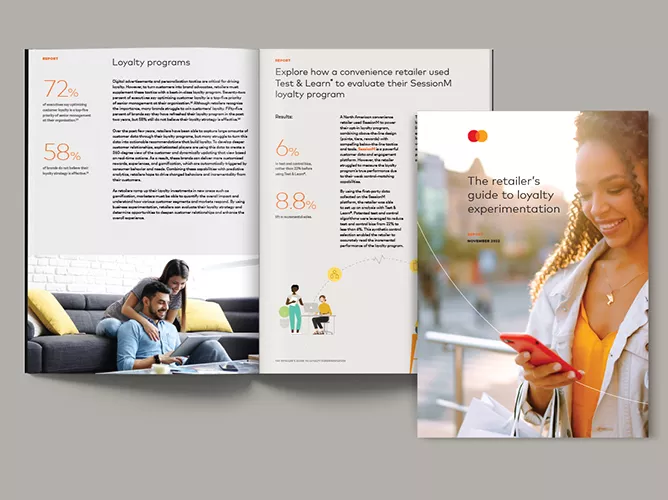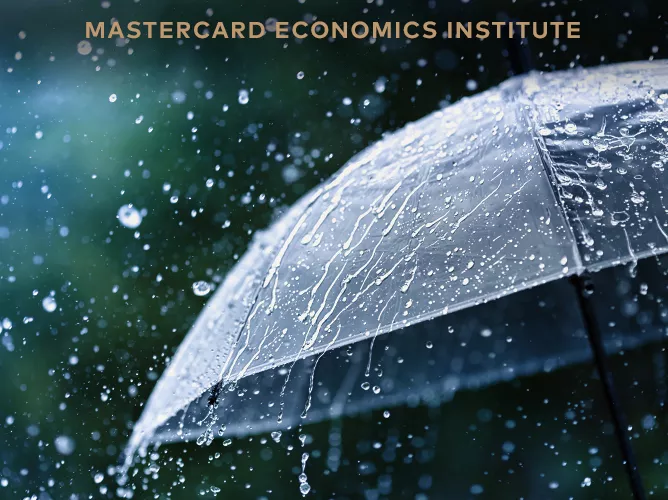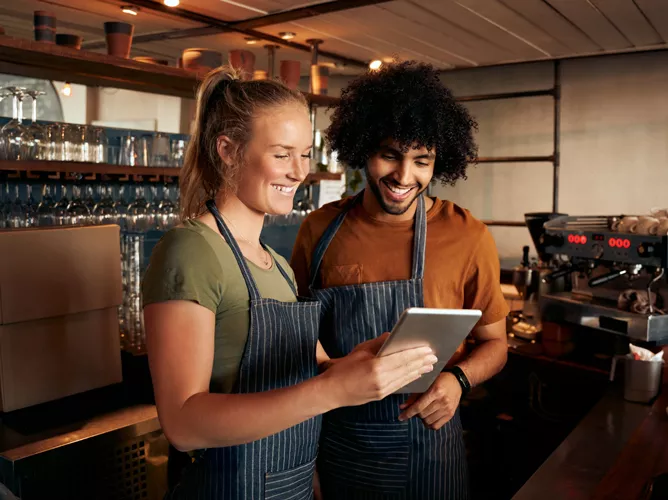November 10, 2022
Omnichannel offerings ready, set to grow
The Eastern Europe, Middle East and Africa (EEMEA) region is home to a plethora of retail players who must satisfy a wide range of consumer preferences.
As the world moves into 2023 and beyond, one consistent theme across the vast region is the sweeping shift to digital channels. Omnichannel offerings have forever changed the standard for attracting and retaining consumers. Some countries are far behind and others like United Arab Emirates are global leaders in e-commerce. In Africa, Kenya has been a leader in mobile commerce while e-commerce is strong in South Africa. Within other countries in sub-Saharan Africa, there has been more development as well.
Consumers will expect retailers to invest in e-commerce and embrace their appetite for a seamless digital experience at their fingertips and on their phones. This means that retailers in 2023 will need to capitalize on an omnichannel approach that leverages the advantages of each channel, from retail stores to apps, and meets consumers wherever, whenever and however they prefer to shop.
E-commerce channels continue to grow
Retailers that saw an opportunity during the pandemic and launched or expanded omnichannel offerings will continue to reap the benefits. For small businesses globally, the story is especially striking. The number of existing small businesses that started accepting online payments for the first time since the start of the pandemic has remained at least 28% above pre-pandemic levels for virtually every month, peaking at 256%.1
In Eastern Europe, consumer spending is defined by choice, according to Mastercard SpendingPulse™, which measures overall retail spending trends across all payment types, including cash and check. While in-store shopping will regain momentum year-over-year, e-commerce sales growth will remain elevated compared to before the pandemic. Notably, retailers are expected to offer promotions across channels as they compete for consumer purchasing power. In Poland, total retail sales growth rates for Aug. 15-Sept. 16, 2022, was 8.4% compared to the same period in 2021; in the Czech Republic the rate was 9.5% and in Hungary, 0.3%.2
In South Africa, grocery store chain Checkers, owned by Shoprite Group, expanded its Sixty60 delivery service to all provinces during the pandemic, offering 60-minute delivery and quickly gaining a competitive advantage. Other retail chains that already had established e-commerce channels experienced a surge of demand in the pandemic. Some sought ways to alleviate pressure on their delivery services by creating a “click and collect” option, enabling customers to pick up their orders.
Regardless of where a retailer stands in their e-commerce development – from those that have an established e-commerce channel and are looking to enhance it to those who’ve found themselves hurrying to build one – in 2023, retailers will look to address any perceived inadequacies in their customer journey. Investments could include enhancing loyalty rewards or implementing cyber security measures to curtail online fraud.
Seamless subscription experiences gain favor with consumers
Consumers today hunger to have everything at their fingertips and on their phones, a trend that accelerated through the pandemic. Heading into 2023, consumers are looking for personalized, digital access to their favorite brands, along with special offers and rewards for how they spend. Globally, 80% of consumers want promotions tailored to their needs and they expect more from companies to retain their loyalty.4
In the United Arab Emirates, food delivery platform Talabat (owned by German company DeliveryHero) now offers fast delivery over short distances for a monthly fee. Its app experience sets the standard for seamless shopping, paying and delivery and enables consumers to cut down or eliminate delivery charges by ordering above a threshold amount. This type of on-demand, hyperlocal delivery service is raising customer expectations for their other favorite brands.
Other digital retailers are building paid or subscription models like Amazon Prime or Uber Eats’ Uber One membership. The subscription economy sees consumers subscribing to retailers offering pet supplies, diapers and even toilet paper. To compete with these rising e-commerce players, traditional retailers across the Middle East are beginning to offer free delivery and a mobile app experience, something that is expected to continue growing.
Brick-and-mortar stores are used in innovative ways
Omnichannel continues to evolve with the merging of virtual and in-store experiences. With the lifting of restrictions, brick-and-mortar stores are showing they are still very relevant. In EEMEA, retailers are looking to deploy their physical store locations in new ways. Some retailers are using their stores in a way that places them squarely at the intersection of media and technology. For example, a consumer electronics retailer that sells televisions might use those televisions to show advertisements. It’s a new way to make money on a product the retailer is trying to sell by using it as an advertising platform.
Other retailers are investing to manage their entire inventory and fulfill orders from anywhere at optimal costs. In the fashion sector, for example, more retailers are pursuing the strategy of using their store networks as fulfillment centers. Leading retailers are offering in-store ordering options so that customers shopping at a location that’s out of stock of a certain item, or a specific size or color, can order their preference from a sales associate equipped with a mobile device. Customers can choose to have their purchase shipped to their home or office or reserve it for pick up at any of the retailer’s locations. It’s one way that retailers are using stores as fulfillment centers to ensure that customers aren’t given the message that an item is out of stock.
Consumer behaviors have forever changed and the shift to digital is here to stay. As we move into 2023, retailers are looking at a fresh start in a year unlimited by pandemic restrictions. Retailers across EEMEA will create and enhance a personalized and engaging brand experience across omnichannel offerings.
Interested in learning how these trends might play out globally? Stay tuned for a Mastercard Data & Services global report on 2023 retail trends which will be published in December on Reports & Insights.
2 Mastercard SpendingPulse™, June 8, 2022
3 “Shifting wallets: New consumer spending habits,” Mastercard Economics Institute, 2022
4 “The age of personalization: Crafting a finer edge,” a Mastercard-sponsored report by Harvard Business Review Analysis Services, 2018












